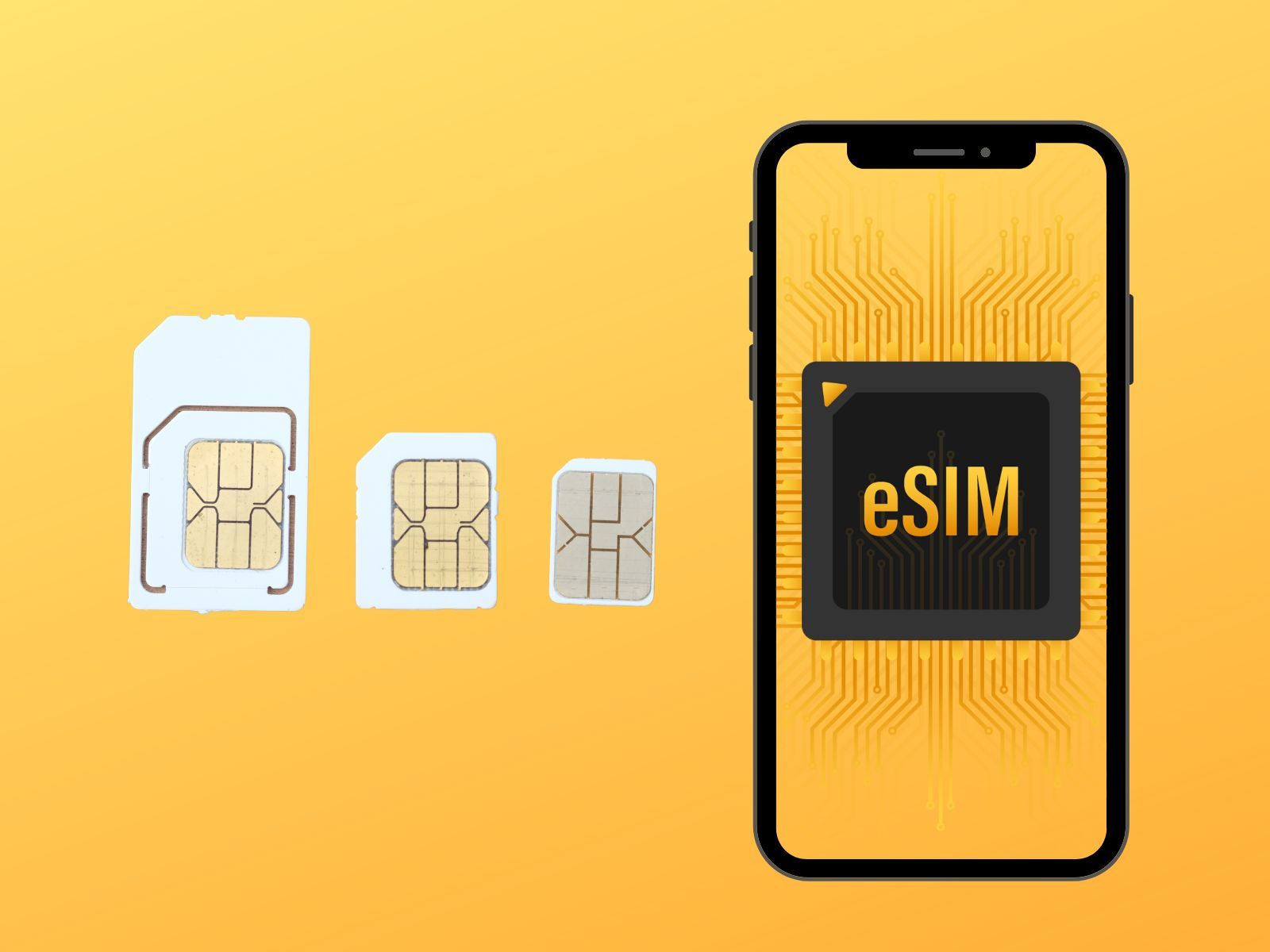
A SIM card has been the cornerstone of mobile connectivity for decades. These small, removable plastic cards contain a microchip that stores subscriber information and enables device connectivity to mobile networks. Most mobile devices support physical SIM cards, making them popular for many users. They offer straightforward usage – insert the card into your device, and you’re ready to connect. Their physical nature also presents limitations, including susceptibility to damage, loss, and the inconvenience of manual swapping when changing devices or carriers.
Rise of eSIM technology
Embedded SIM technology represents a significant leap forward in mobile connectivity. Unlike physical cards, eSIMs are permanently integrated into devices during manufacturing. This digital approach to subscriber identification brings several advantages:
- No physical card to lose or damage
- Remote activation and profile management
- Multiple carrier profiles on a single device
- Simplified device design and improved water resistance
- Reduced environmental impact through the elimination of plastic cards
ESIM technology has been increasingly adopted across multiple device categories.
Network compatibility
Both technologies offer robust network compatibility, but their approaches differ significantly. Physical SIM cards require carrier-specific cards for network access, while eSIMs store multiple carrier profiles simultaneously. This distinction becomes particularly important when considering international travel or areas with varying network coverage. eSIM technology allows users to switch carriers without physically changing cards, providing more flexibility in maintaining optimal connectivity.
Device compatibility
Understanding device compatibility is crucial when choosing between these technologies. While traditional SIM cards work with most existing devices, eSIM compatibility is growing but is still limited to newer devices. The emergence of esimplus technology has accelerated adoption rates by providing enhanced features and broader compatibility across device categories. This development has made eSIM technology increasingly accessible to a broader range of consumers.
User experience
The user experience differs markedly between these technologies. Traditional SIM cards require physical handling and manual switching when changing devices or carriers. In contrast, eSIM technology offers a streamlined digital experience:
- Instant carrier switching through device settings
- No physical card management is required
- Quick activation of new services
- Simple backup and restoration of profiles
- Effortless management of multiple numbers
Future outlook
The mobile industry continues to evolve, with both technologies playing essential roles. Traditional SIM cards remain relevant for existing device infrastructure and markets where digital adoption is slower. eSIM technology is increasingly becoming the standard for new devices and services, driven by:
- Growing demand for flexible connectivity
- Expansion of IoT devices and applications
- Enhanced security requirements
- Environmental considerations
- Simplified device design possibilities
Choosing between technologies
When deciding between traditional SIM cards and eSIM technology, several factors should be considered:
Device compatibility
- Check if your device supports eSIM technology
- Consider future device purchases and compatibility
- Evaluate dual SIM capabilities if needed
Usage requirements
- Assess your need for multiple carrier profiles
- Consider international travel frequency
- Evaluate local carrier support for each technology
Technical comfort
- Consider your comfort with digital management
- Assess your need for physical card control
- Evaluate backup and security preferences
Making the transition
For users considering switching from traditional SIM cards to eSIM technology, the transition process requires careful planning:
- Verify device compatibility
- Check carrier support for eSIM services
- Back up important contact information
- Understand activation procedures
- Consider keeping physical SIM capability as a backup
The decision ultimately depends on individual circumstances, like compatibility, usage patterns, and preferences. Taking into account these factors helps users choose the right mobile connectivity solution. With continued innovation, we’ll see hybrid solutions that combine the best features of both technologies.



